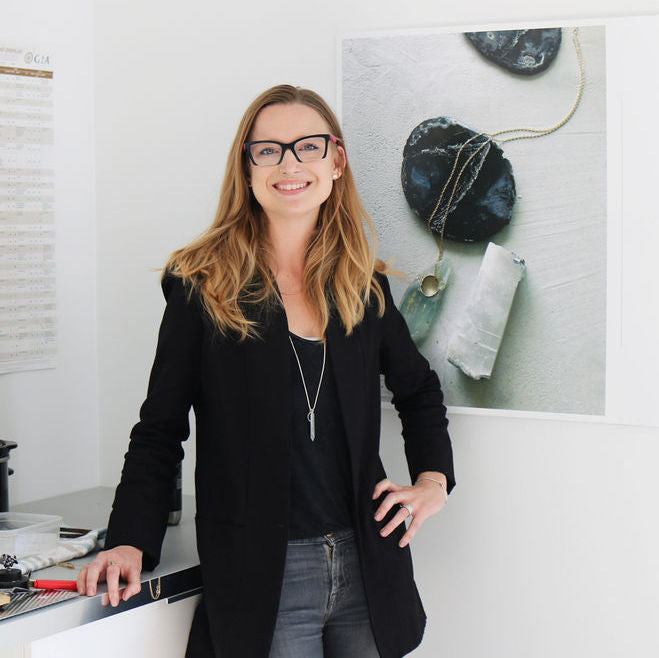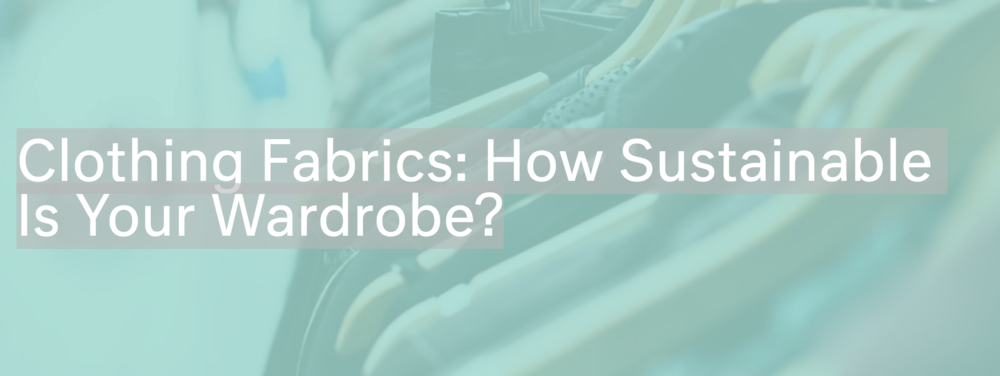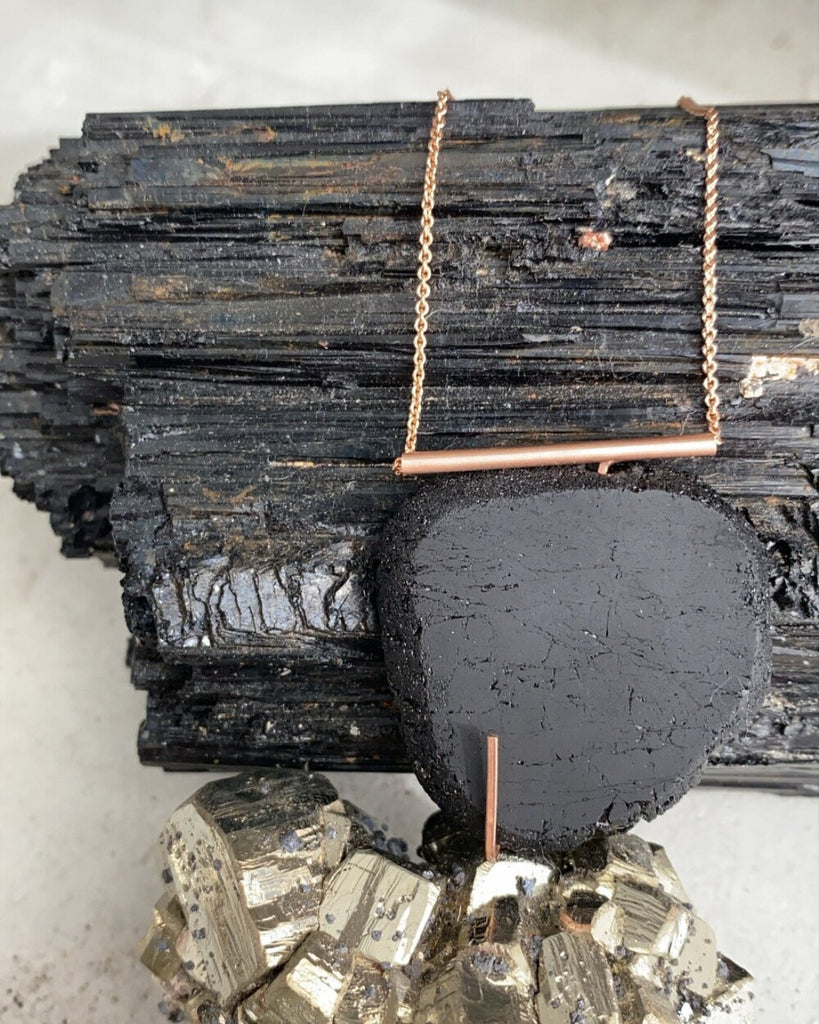Beyond Blood Diamonds: Myths and Facts to Shine a Light on Diamond Sourcing
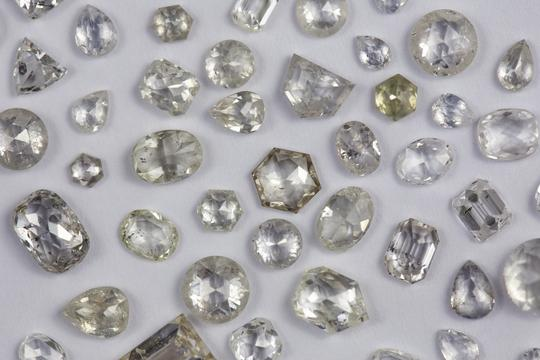
Diamonds are one of the most well-known gemstones in the market today. Their rise in popularity has even caused a bit of a confusion about their journey from mining to market. It is undeniable that certain companies have made ethical sacrifices in the name of profits, but that does not mean that the diamond industry isn’t riddled with false claims and misconceptions. Like any industry, rumors are started, and myths created, but at Enji we aim to deliver only the truth! Not all diamonds are bad, and we are here to shine a light on some of these convincing facts.
Myth #1: De Beers Controls Diamond prices
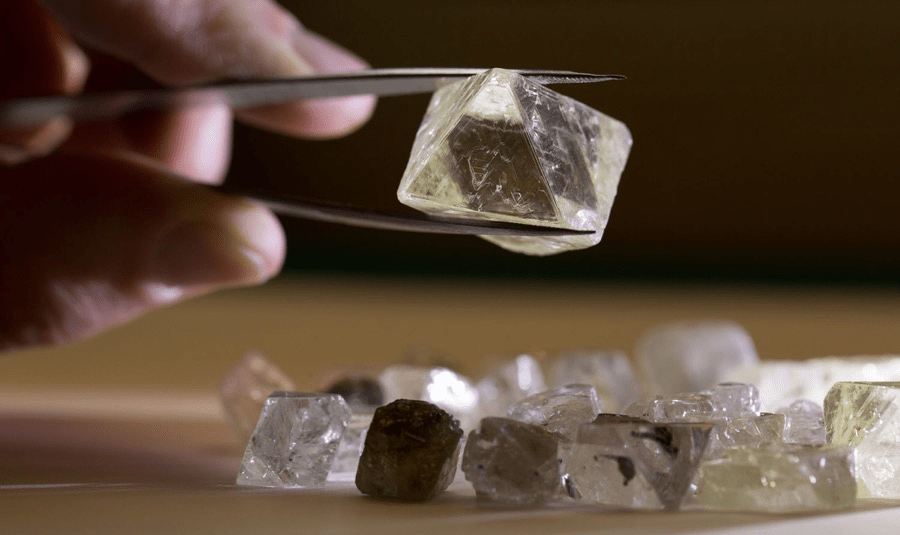
This myth is definitely busted but was at one point true. Back in the early 20th century, as they rolled out their ubiquitous “A Diamond is Forever” campaign, De Beers did in fact have a monopoly on the diamond market and used its powers to control diamond supply and prices. This is not the case anymore. 90% of the world’s diamonds come from large, open pit mining in many areas of the world from Africa (65%), to Russia, Australia, and Canada. The DPA (Diamond Producers Association), which is made up of several companies such as DeBeers, Rio Tinto, Alrosa, Dominion etc, own these large open pit mines. The remaining approximately 10% of diamonds come from artisanal mining, which are often small family owned mines. From a jeweler who regularly buys diamonds, I can tell you suppliers are very competitive on uniqueness and price since many are selling a similar product.
Myth #2: You have a high risk of getting a “blood diamond” in your jewelry

Let’s start this one off by defining what a blood diamond is. A blood diamond is a diamond sold to fund armed conflict in the region/country it is from. Think of the brutal and bloody civil wars that ravaged Angola and the Democratic Republic of the Congo. The World Diamond Council estimates that only 1-5% of diamonds in the supply chain are blood diamonds, which makes sense from a numbers perspective. If close to 90% of diamonds come from large mines owned by large companies, those are not likely funding conflict. However, civil wars aren’t the only ethical conflict one can have when buying a diamond, but we’ll get into that a little later.
Myth #3: Only lab grown diamonds are ethical
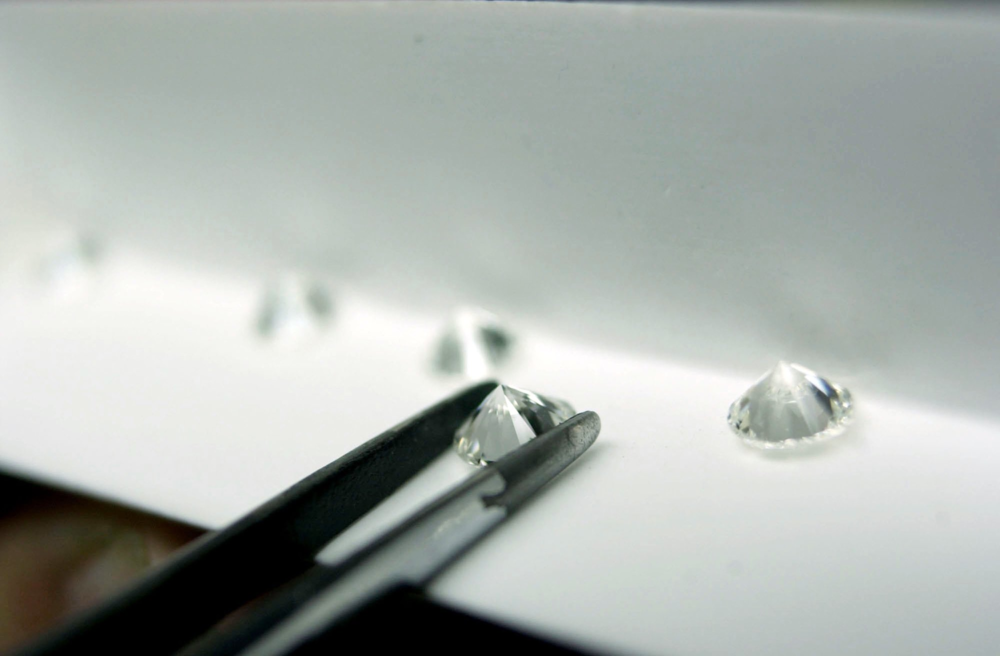
For this one...let’s just say it’s complicated. Lab grown diamonds present an alternative to traditional diamond mining that removes the environmental impact of large open pit mining and the potential to fund armed conflict. Sounds great, right? In theory, yes. Open pit mining has huge environmental impacts, but regulations in various countries and push from consumers mean these companies do need to mitigate their environmental impact. Also, the mined diamond industry supports close to 10 million people around the world. And not all lab grown diamond are created under equal conditions. Diamonds are grown using HTHP (high temperature, high pressure) or CVD (carbon vapor deposit) processes. Both are very energy intensive processes, which makes sense since they’re trying to replicate a process that naturally takes thousands and thousands of years. When we think of lab grown gems, we might think of Silicon Valley, Leonardo DiCaprio, and the Diamond Foundry, but not all lab grown gems come from the ethical conditions you would expect from hearing these names. The Diamond Foundry isn’t the only name in lab grown diamonds. There are also many less than ethical manufacturers out there, where diamonds are grown and cut in sweatshop-like conditions, eager to take advantage of the demand for lab grown gems. So, is it more ethical? That depends on your values and for us in the industry to do our homework and thoroughly check our suppliers to make sure the finished product is the best for our customers and those further up in the supply chain.
Myth #4: You Can’t Trace a Diamond back to its origin
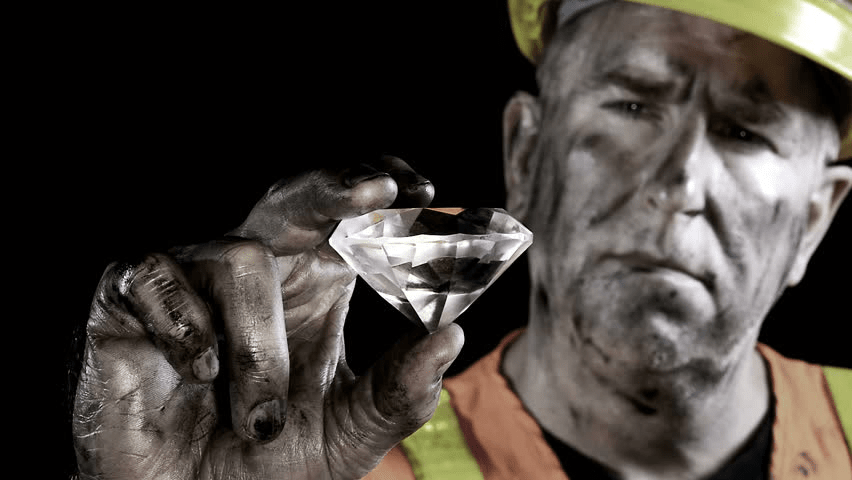
This is currently difficult but possible, and it won’t even be difficult for very long. DeBeers is in the process of introducing blockchain technology to trace each diamond from its source to its destination in finished jewelry. Some companies such as Dominion mining in Canada, also control the Canadamark trademark and process to ensure that its diamonds can be attributed back to their Canadian origin in the Northwest Territory. Artisanal mining presents its own opportunities and challenges when it comes to transparent sourcing, but we’ll get into that when we talk about ethical sourcing with colored gemstones, since most of these gems come from small scale artisanal mines, unlike diamonds.
Myth #5: Lab Grown Diamonds are “Fake”
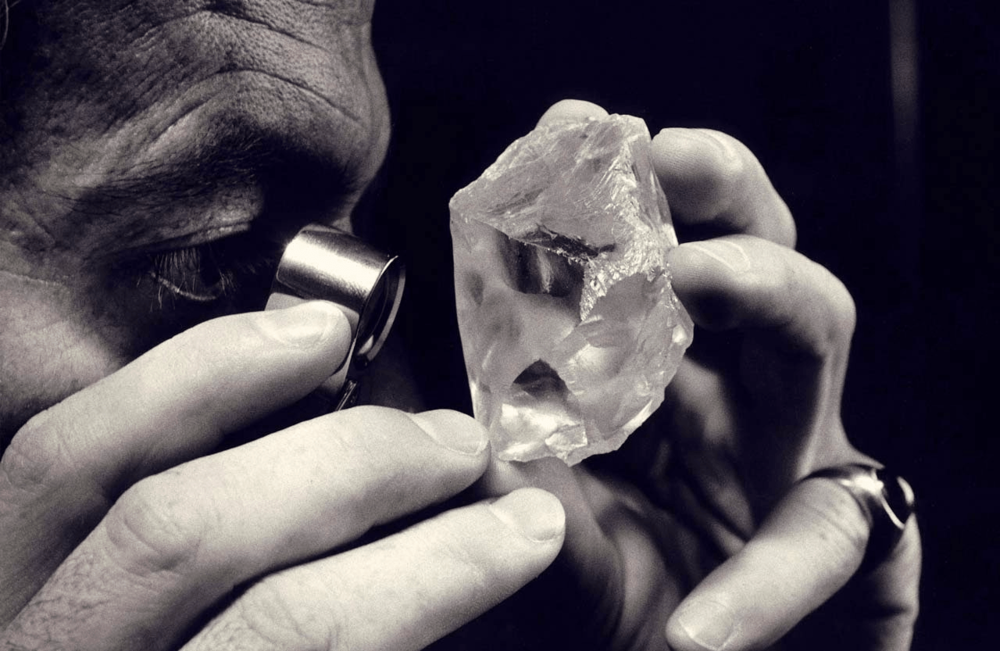
This myth is definitely busted. Lab grown diamonds are chemically the same as natural diamonds. They’re grown using either HTHP or CVD technology from a fragment of a smaller diamond or a diamond slice. You can’t tell the difference just by looking at it with your eyes or a jeweler’s loupe but using specialized gemological testing equipment and analyzing the gems in a lab, you can tell which is a natural mined diamond versus a lab grown diamond. And just like it isn’t a matter of real or fake, one isn’t inherently more or less ethical than the other. Just make sure it comes from a traceable and reliable source rather than a dealer looking to jump on the greenwashing bandwagon. And if they are selling lab grown gems, make sure they disclose it. Undisclosed lab grown diamonds have been making more of an impact in the jewelry supply chain than blood diamonds have. This is less of an issue with larger diamonds, but there have been many cases of lab grown melee (small diamonds less than 0.2 carats) being mixed up together with mined diamond melee or being sold as natural diamonds.


